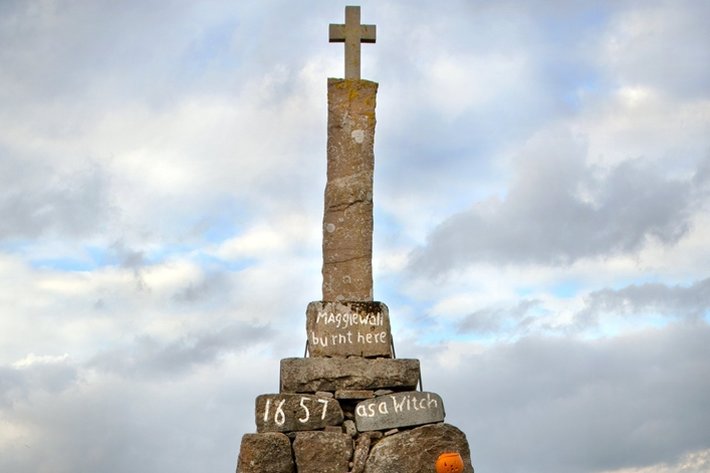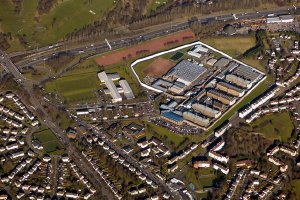An iconic British museum devoted to art and promoting dialogue between diverse religions has been rescued from permanent closure with the help of a public campaign and petition aimed at perpetuating its vital mission.

The St. Mungo Museum of Religious Life and Art in Glasgow, Scotland, has been closed since the COVID-19 pandemic began in March 2020. But even though a host of other Glasgow museums and institutions have reopened over the past year, St. Mungo was threatened with closure, prompting a campaign by the charity group Interfaith Glasgow to avert its demise.
A lifeline to the museum came in the form of promised funding from the Glasgow City Council, which responded in part to the public petition.
The museum’s dedication to developing dialogue among multiple religions makes it unique in the British Isles, according to Rina Arya, a professor of visual culture and theory at the University of Huddersfield in West Yorkshire.
“From its opening in 1993, the museum was involved with different religious communities, turning it into a space of spiritual experience and genuine interfaith dialogue,” Arya wrote in a March 25 article in The Conversation. “It is not simply a museum that houses artifacts, but a living symbol of religious diversity and multicultural Britain.”
Named after Glasgow’s patron saint who brought Christianity to Scotland in the 6th century, the museum houses religious artifacts from different traditions and eras, displayed dynamically in a manner that facilitates religion’s contextual comprehension.
A case in point was the bronze statue of the Hindu god Shiva. Initially placed on the floor, as statues usually are, it was positioned onto a plinth on the recommendation of the local Hindu community. “As a sacred Hindu artifact and object of devotion, it had to be treated with reverence,” said Arya.
“The artifacts function educationally but are also interpreted ritually and devotionally by those within faith communities,” said Arya. “This means they open up a space for spiritual engagement and worship.”
Part of the reason for that, Arya explains, lies in the role that faith communities played in the museum’s creation—in particular six world religions that are practiced in Scotland: Buddhism, Christianity, Hinduism, Islam, Judaism and Sikhism.
The museum approached members of each community to discuss not just the acquisition of works from their faith but also how the artifacts ought to be displayed to be more authentic and respect the needs and concerns of each religion and not impose a one-size-fits-all strategy.
From the start, St. Mungo Museum set out to be different from its peers. “If the aim was to communicate something of the meaning of the objects, we had to reverse the usual process in museums of draining them of their dangerous meanings to render them safely aesthetic, historical or anthropological,” according to Mark O’Neill, a senior curator of Glasgow’s museums. “In the case of religion,” he said, “‘meaning’ has an emotional and spiritual dimension that can be described much more powerfully by those who experience it than those who have simply studied it.”
_______________
From its beginnings, the Church of Scientology has recognized that freedom of religion is a fundamental human right. In a world where conflicts are often traceable to intolerance of others’ religious beliefs and practices, the Church has, for more than 50 years, made the preservation of religious liberty an overriding concern.
The Church publishes this blog to help create a better understanding of the freedom of religion and belief and provide news on religious freedom and issues affecting this freedom around the world.
The Founder of the Scientology religion is L. Ron Hubbard and Mr. David Miscavige is the religion’s ecclesiastical leader.
For more information visit the Scientology website or Scientology Network.


